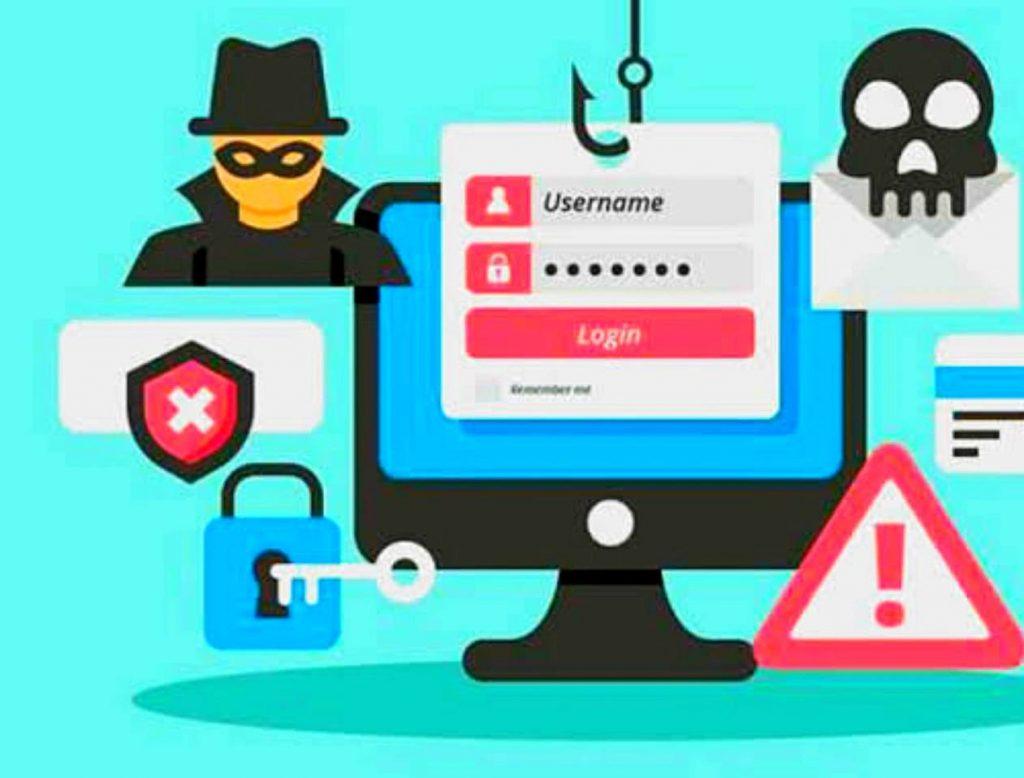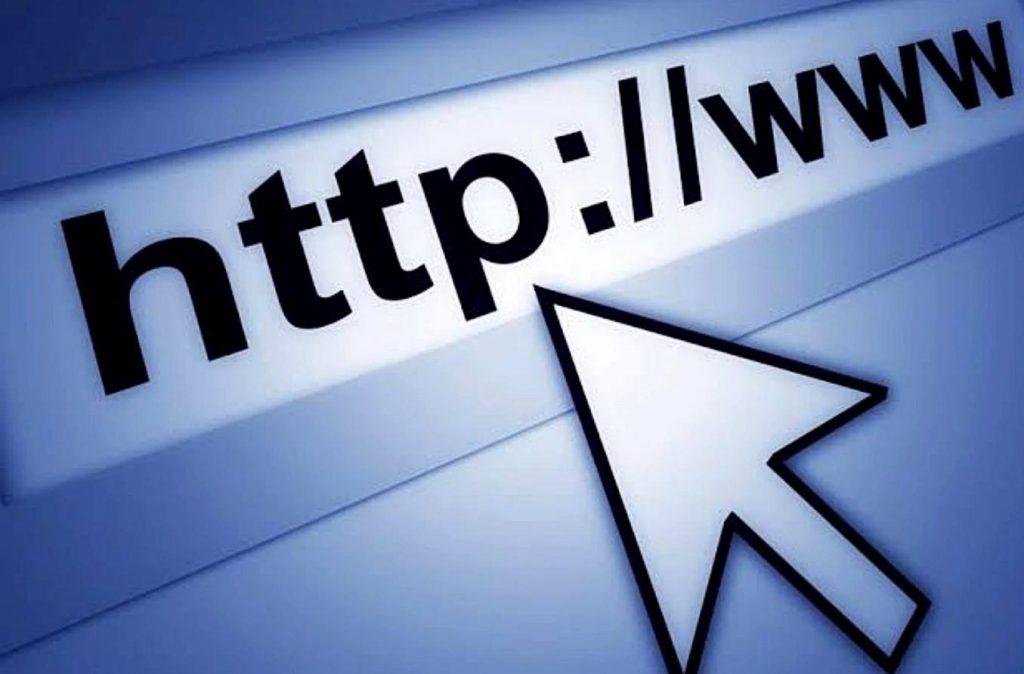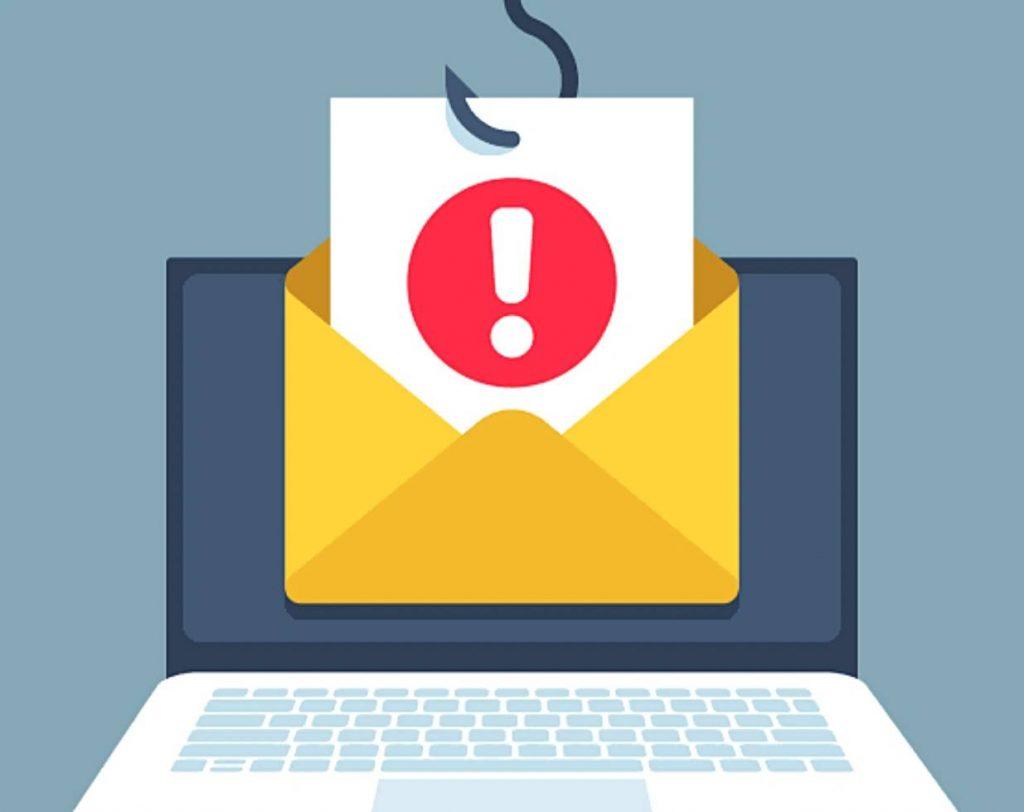Introduction:

What is a common indicator of a phishing attempt? Is a common question asked by most individuals. This article covers all vital information you need to know about phishing attempts.
Phishing is a type of social engineering attack that is commonly used to obtain sensitive information from users, such as login passwords and credit card numbers.
When an attacker poses as a trustworthy entity, the victim is duped into opening an email, instant message, or text message. A phishing attempt could result in a security disaster from which a company would have a difficult time recovering.
Below are some helpful tips on common indicators of a phishing attempt. If you have any questions, please ask us in the comment section below.
What Is Phishing?

Phishing is a sort of social engineering assault in which cyber thieves deceive victims into divulging sensitive information or downloading malware.
They achieve this by sending bogus emails that appear to be from a legitimate source, but they also use other ways.
What Is A Common Indicator Of A Phishing Attempt?
1. Malicious Links

A malicious link is one that is designed to promote scams, assaults, and frauds. By clicking on an infected URL, you can download ransomware, viruses, trojans, or other types of malware that can damage your machine or network. A malicious URL can be used to trick you into giving up personal information on a phony website.
Don’t click on a link in an email that takes you to a site that doesn’t use the secure HTTPS protocol. Hover your mouse over the link to reveal the website address. If the URL differs from what was written in the email, something is wrong.
2. Poor Spelling

Poor spellers have problems memorizing the letters in words because they can’t notice, memorize, or recall the grammatical qualities that those letters represent.
A phishing assault is sometimes identified by poor spelling; legitimate firms often have clear, professional correspondence with few typos. Pay close attention to the content and links provided in an email if you detect substantial grammatical errors.
3. Urgency

the attribute of being extremely essential and requiring prompt attention
Cybercriminals urge you to enter personal information by clicking on a bad link. Their communications may be urgent, requiring you to act fast.
It’s possible that you’ll be so focused on solving an issue that you won’t realize the email is false. Before taking any action, double-check the source and the content of the email.
4. Domain Name Error

On the Internet, a domain name is a string that represents a region of administrative autonomy, authority, or control. A domain name, in general, identifies a network domain or an Internet Protocol (IP) resource, such as a personal computer or a server computer that accesses the Internet.
Check the sender’s email address. A communication from a large corporation will be sent from the company’s official domain name. example You should be suspicious if the communication comes from [email protected] rather than [email protected].
5. Origin

Avoid responding to messages that appear to be too good to be true. Messages from businesses and government bodies should be treated with caution as well.
In the United States, the federal government would never ask you for personal information, payment card details, or financial information by email – that would be phishing.
6. Unusual Requests

If something is exceptional, it occurs infrequently or you do not see or hear it frequently.
If you don’t generally engage with your employer on a daily basis and suddenly receive an urgent email from them requesting you to do a fairly inconsequential activity (such as emailing them your phone number), it’s most likely an illegal request from a malicious attacker.
7. Spear Phishing

Spear phishing is an email assault that impersonates a trustworthy source. It has the potential to persuade the victim to do something else that benefits the attacker, such as give out information or money.
In order to put the receiver at ease, attackers frequently exploit facts acquired from research. The final goal is to infect devices by persuading recipients to click on a link or open an attachment.
This is a phishing attack in which the actor has access to the personal information of the target users. For instance, a bank may send you an email telling you that “your account has been hacked.”
To secure your bank account, re-enter your login and password. If you provide the actor your personal information, he or she may steal your money and possibly your identity in order to engage in other unlawful actions.
8. Suspicious Attached Files

The sender’s or transmitting domain’s reputation, attachment file format, attachment size, the spam score of the message, and other attributes can all make an attachment suspicious.
Do not open any attachment with a.zip,.rar,.r09,.arc, or other compressed file type unless you are absolutely certain that it was sent to you for a legitimate reason.
Another Reading Suggestion
Additional Information On Common Indicators Of A Phishing Attempt.
How Common Are Phishing Attacks?
According to an examination of over 55 million emails, one out of every 99 emails is a phishing assault. Even scarier, studies reveal that 25% of these emails end up in Office 365, one of the world’s most popular office suite packages, with over 60 million commercial customers.
Who Are The Targets Of Phishing Attacks?
In what is known as a “phishing scam,” attackers target users’ login passwords, financial information (such as credit cards or bank accounts), company data, and anything else of value.
What Are Some Other Interesting Facts About Phishing?
Every 39 seconds, a cyberattack is performed. Malware is distributed through email in 94% of cases. Phishing attacks account for more than 80% of all security issues reported.
What Does A Virus Email Look Like?

If the sender’s address is unexpected or does not match a company’s anticipated address, the email is most likely malware. Most malware emails seem to be delivery notices, invoices, fax/scans, or court notices.
What Happens If You Accidentally Open A Spam Email?
By clicking on a phishing link or opening an attachment in one of these messages, you risk infecting your device with malware such as viruses, spyware, or ransomware. This is all done behind the scenes, so the ordinary user won’t notice.
What Does A Phishing Link Look Like?
Before you click. To recognize a strange URL, you don’t need to be an expert. Look for several warning signs on the link.
Fake links are designed to look like legitimate websites, sometimes by adding extra phrases and domains. Before clicking on any hyperlinked content, make sure you hover over it.
How Do Spammers Get Your Email Address?

Spammers and hackers search the web for email addresses using sophisticated automated techniques. Spammers get email addresses from a variety of sources, including mailing lists, websites, chat rooms, domain contact points, and more.
Recognize that if you publish your email address publicly, it will be discovered by spammers.
How Do Spammers Get Your Phone Number?
The majority of telemarketers get their numbers from third-party data suppliers.
According to the Better Business Bureau, these companies may have obtained your phone number in the following ways: You dialed a number starting with 800, 888, or 900. (they use caller I.D. technology and collect phone numbers).
Can Someone Hack Your Email Without A Password?
According to reports, “they can’t ‘spoof’ an email message with a forged sender address – they don’t even need your password for this,” said QuickSilk CEO and Founder Garry Brownrigg.
They can send you anything from deadly software to frauds and money requests; in any case, you’d prefer they didn’t originate from them.
How Do I Know If A Site Is Malicious?

Make use of a URL Scanner.
A URL scanner is a useful tool to use if you believe your website has malware. Sitelock offers a free scan of any URL. Enter your website’s domain name (for example, mywebsite.com) and SiteLock will do a free external check for known malware.
What Is A Common Reason For Phishing Attacks?
Users are unaware of security risks.
Without a question, the most significant opening for cyber thieves is the one labeled “security awareness.” The key reason for the effectiveness of these assaults is a lack of necessary training that focuses on topics like phishing and ransomware.
What Are 4 Common Indications That An Email Is A Phishing Attempt?

-
Websites And Hyperlinks That Are Fake
A faked URL is a website that tries to present itself as another website. It employs a technique that exploits weaknesses in web browser technology to permit a hostile computer attack. These attacks are particularly successful on systems that haven’t had their security updates updated recently. Others are made for the aim of contempt.
If the text that appears when you hover your mouse over any links in an email does not match the text that appears when you hover over them, the link might be spoofed. Malicious websites may appear to be identical to reputable websites, but the URL may be misspelled or utilize a different domain (e.g., .com vs. .org).
-
Address Of Unknown Sender
is a type of impersonation in which a fraudster generates an email message with a falsified sender address in the hopes of fooling the recipient into thinking the message came from someone other than the intended recipient.
It’s also a strategy employed by fraudsters to impersonate a supervisor, professor, or financial institution in order to dupe people into doing some action.
Hackers utilize this type of deception because they know that if a person knows who sent the email, they are more likely to engage with the content.
-
Spelling And Layout
Not being able to spell things correctly, not utilizing tenses appropriately, not structuring sentences correctly, and so on are all examples of poor grammar. Clients’ correspondence is produced, verified, and proofread by trained professionals at reputable organizations.
-
Signature And Generic Greetings
The email signature might be lacking important information like your address or phone number, and the greeting could be “good evening,” “dear customer,” or no greeting at all instead of your name.
A generic welcome and the absence of contact information in an email are both major symptoms of phishing. A reputable company would often address you by name and give contact information.
“Dear Valued Customer” or “Sir/Ma’am” in the email subject line might also be a warning sign that the email is a fake.
How Can You Prevent Phishing Attacks?

We all know that the best defense is knowledge and education. Do not open attachments or links in unsolicited emails, even if they originate from a known source. If the email caught you off guard, be cautious while opening the attachment and double-check the URL. Below are some helpful tips.
-
Know How To Spot A Phishing Scam
Many websites will keep you up to date on the most recent phishing assaults and their essential indicators. The sooner you learn about current attack techniques and share them with your users, the higher your chances of preventing an attack will be.
New phishing attack strategies are continuously being developed, but they all share a number of features that may be identified if you know what to look for.
-
Don’t Dismiss Those Notifications
Security patches and updates are released for a variety of reasons, the most common of which being to keep up with current cyber-attack strategies by closing security gaps.
If you do not update your browser, you may be subject to phishing efforts based on known defects that might have been easily prevented. Don’t put them off or disregard them entirely; they’re intended to keep you safe.
-
Before You Click, Consider Your Options
Hover over any links you’re not sure about before clicking. When you click the link to the website in a phishing email, it may look exactly like the real website. The majority of phishing emails will start with “Dear Customer,” so proceed with caution if you get one.
-
Check A Website’s Security
It’s natural to be concerned about sharing sensitive financial information on the internet. However, as long as you’re on a secure website, you should be OK.
Check that the URL of the site begins with “https” and that the address bar has a closed lock icon. If you receive a warning that a website may contain harmful files, do not access it. Never open attachments from unknown emails or websites.
-
Personal Information Should Never Be Shared
As a general rule, you should never disclose personal or financial information over the Internet. This rule has been in place since the days of America Online, when users were constantly warned about the effectiveness of phishing operations.
Make it a habit to double-check the website’s address. A secure website is always preceded by “https.
Another Reading Suggestion
Final Thoughts
For financial benefit, hackers are sometimes satisfied with obtaining your personal data and credit card details.
In other circumstances, phishing emails are sent to acquire employee login credentials or other details for use in more aggressive assaults against a small group of people or a single firm. Please ensure to keep your information safe.
Please take note that, cybercriminals begin by finding a group of people they wish to attack. Then they send out email and SMS messages that look to be legitimate but include harmful links and files. Also take note of it and be smart.
Hope this article was helpful? Now go ahead and leave a comment below. Thanks.


